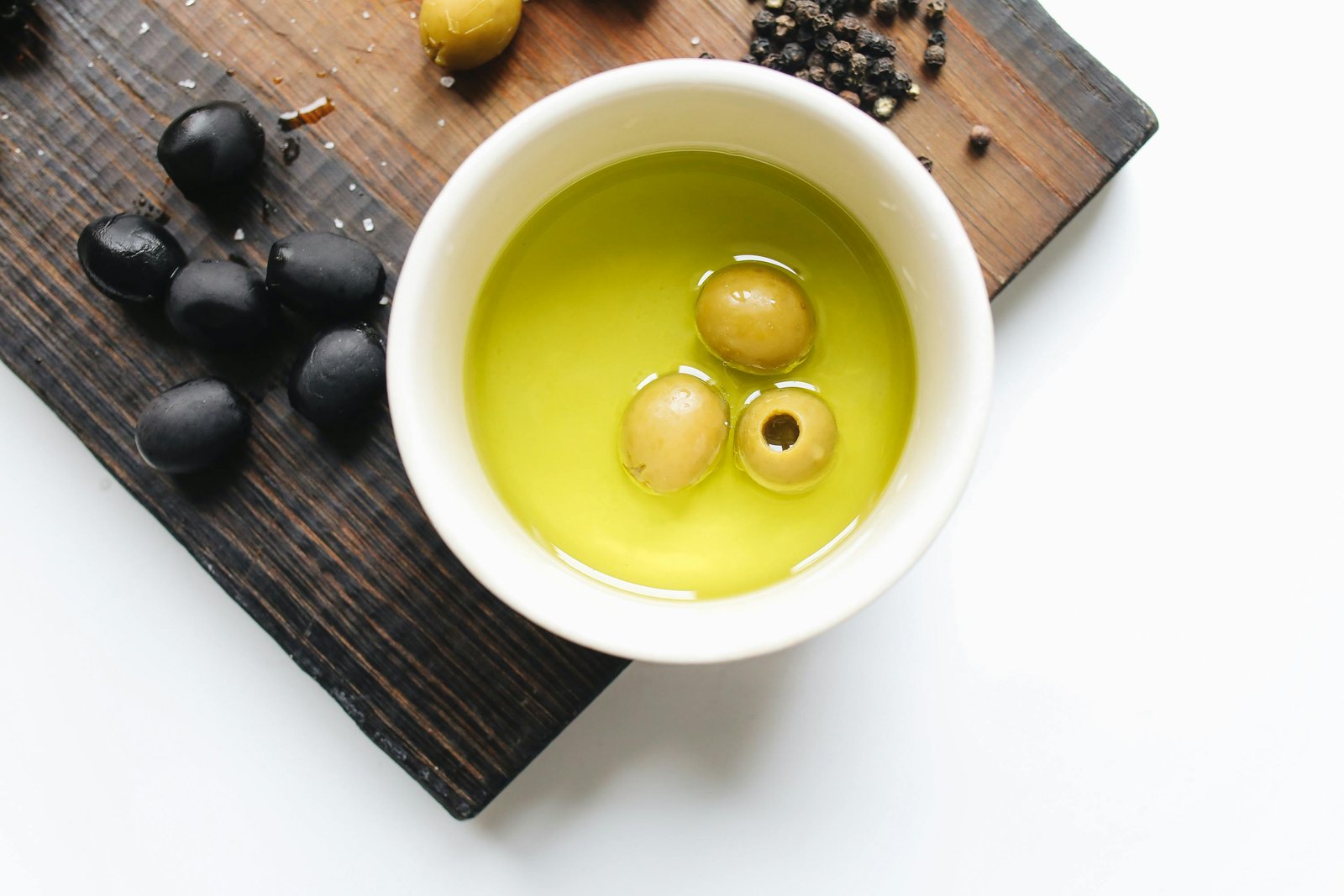
Greek Olive Oil: 7 Label Lies to Watch For (Before You Buy)

Greek olive oil is known globally for its exceptional quality, distinct aroma, and deep cultural roots. But with rising international demand, not all olive oil labeled as “Greek” or “extra virgin” lives up to what’s promised on the label.
The truth is – misleading marketing and vague certifications have created confusion and mistrust, even among experienced buyers. In this article, we uncover the most common label claims you should question before buying your next bottle.
1. “Extra Virgin” – Not Always What It Seems
The term Extra Virgin Olive Oil (EVOO) is regulated, but many brands still misuse it. According to international standards, EVOO must have low acidity (≤0.8%) and pass taste tests for bitterness and fruitiness.
However, many so-called EVOO products on store shelves are either refined or blended with lower-grade oils. Some haven’t been tested at all.
When buying, look for brands that provide:
- Lab test results
- Harvest date
- Cold-pressed extraction method
Always choose transparent brands that prioritize traceability.
2. “Product of Greece” – But Where in Greece?
Many olive oils proudly state “Product of Greece,” but that doesn’t tell the full story. Greece has dozens of olive-growing regions, each with its own Protected Designation of Origin (PDO) or Protected Geographical Indication (PGI). These details matter, especially if you’re seeking premium oils from places like Kalamata, Crete, or Lakonia.
The lack of regional specificity could mean:
- A blend of oils from various regions
- It may include non-Greek oil, just bottled in Greece
- The olives weren’t harvested using traditional methods
Look for PDO or PGI seals and specific region names to ensure true Greek origin.
3. “Cold Pressed” – A Marketing Buzzword?
“Cold Pressed” sounds artisanal, but it’s often misused. According to EU regulations, cold-pressed olive oil must be extracted below 27°C (80.6°F) to preserve antioxidants and flavor. However, some producers still use heat or blending methods and slap the label on anyway.
What to check:
- Mechanical extraction only
- First cold pressing explicitly stated
- Harvest and pressing date on the label
Real cold-pressed olive oil tastes richer, peppery, and has a distinct green tint.
4. “100% Pure” – But Is It Virgin or Refined?
“100% Pure” often misleads consumers into thinking it’s extra virgin – when in fact, it’s usually refined olive oil with fewer nutrients and flavor. This label is vague and unregulated. Most often, “pure” means a blend of refined and virgin oil, stripped of aroma and polyphenols.
Tip: If the price is unusually low and the label only says “pure,” skip it. True Greek EVOO comes at a slightly higher price – and for good reason.
5. “Harvested in 2023” – But Bottled When?
Freshness matters. Olive oil oxidizes over time, losing antioxidants and taste. Some labels mention harvest year but omit the bottling date, which is crucial for quality.
Check that the oil was:
- Bottled within 12 months of harvest
- Stored in dark glass bottles
- Labeled with an expiration date under 18 months
Fresher oil = better taste and more health benefits.
6. “Award-Winning” – But Which Awards?
Many brands highlight medals and awards, but not all accolades are meaningful. Some competitions have low standards or are promotional. If you see gold medals or “international olive oil awards,” verify the organization behind them.
Look for awards from:
- NYIOOC (New York International Olive Oil Competition)
- Athena IOOC
- Olive Japan
- Biol Prize
If no official certificate is shown, take “award-winning” with a grain of salt.
7. “Organic” – Is It Certified or Just Claimed?
“Organic” should mean no pesticides or chemical additives – but not all “organic” oils are certified. Some producers follow organic practices but lack official EU Organic Certification.
Before trusting “organic” on the label:
- Look for the EU organic leaf logo
- Check for BIO Hellas or other official certification
- Visit the producer’s website for transparency
FAQ: Olive Oil Labeling & Buying Tips
How do I know if Greek olive oil is real?
Check for harvest and bottling dates, regional PDO/PGI, packaging in dark glass, and verified certifications.
What color should real olive oil be?
Real Greek olive oil ranges from green to golden yellow, depending on the variety and harvest time. Cloudier, green-tinted oils tend to be early-harvest and nutrient-dense.
Is expensive olive oil always better?
Not necessarily – but very cheap olive oil is a warning sign. Authentic Greek EVOO requires traditional harvesting and quality testing, which costs more.
What’s the best packaging for olive oil?
Dark glass bottles or tins help preserve freshness by blocking light and oxygen. Avoid clear plastic bottles whenever possible.
Buying real Greek olive oil doesn’t have to be a gamble. By understanding the truth behind common label claims, you’ll be able to shop with confidence, avoid misleading marketing, and enjoy high-quality olive oil from authentic Greek producers.
Ready to discover trusted Greek olive oil brands?



